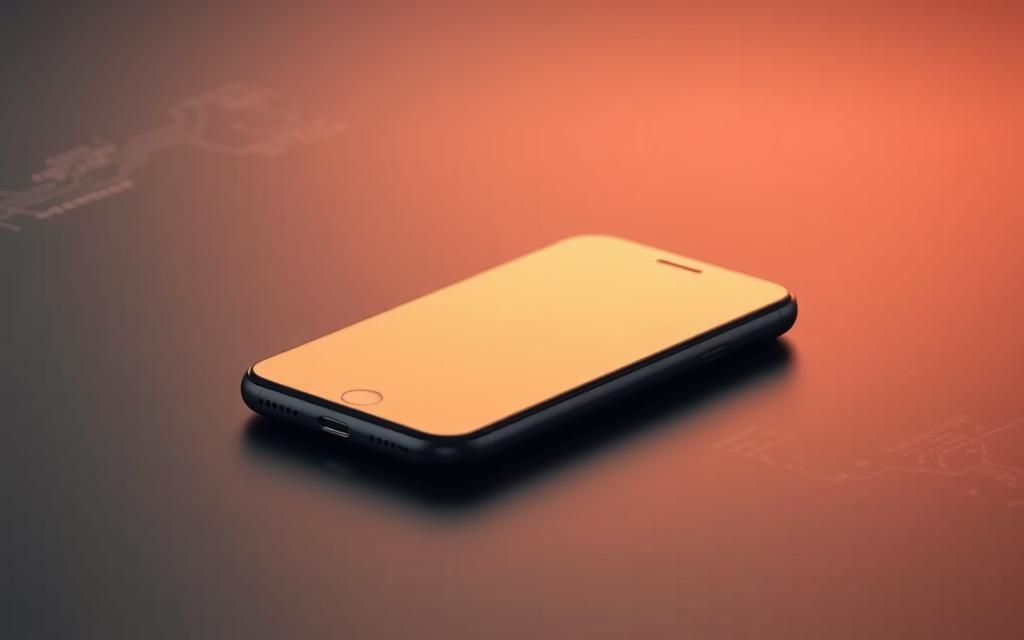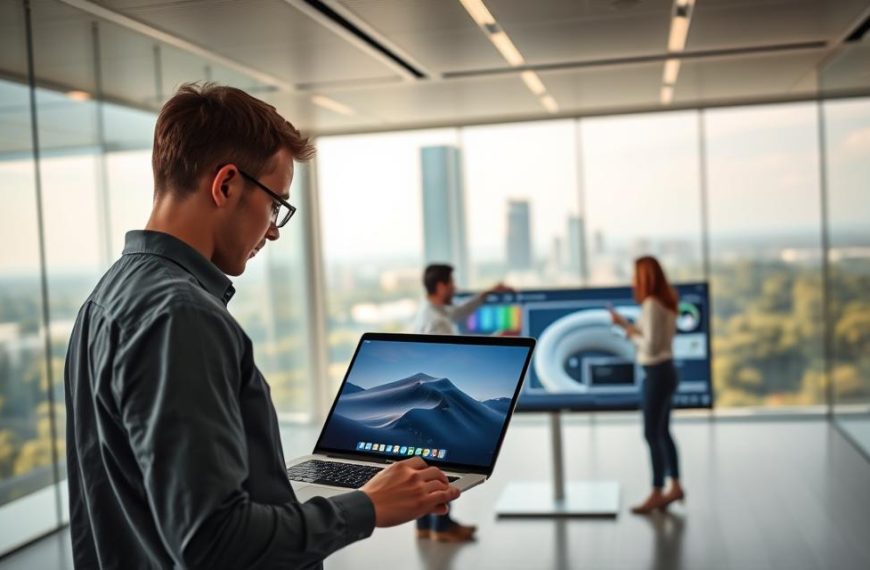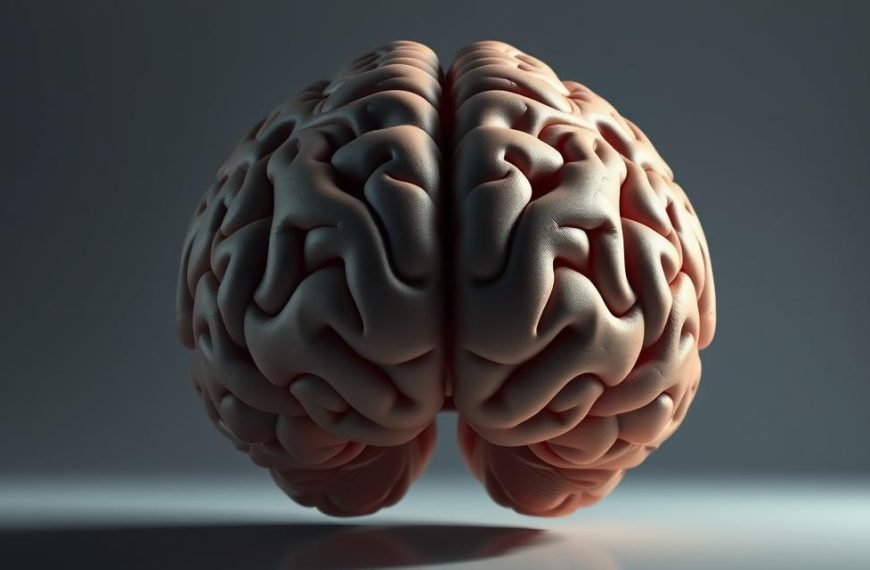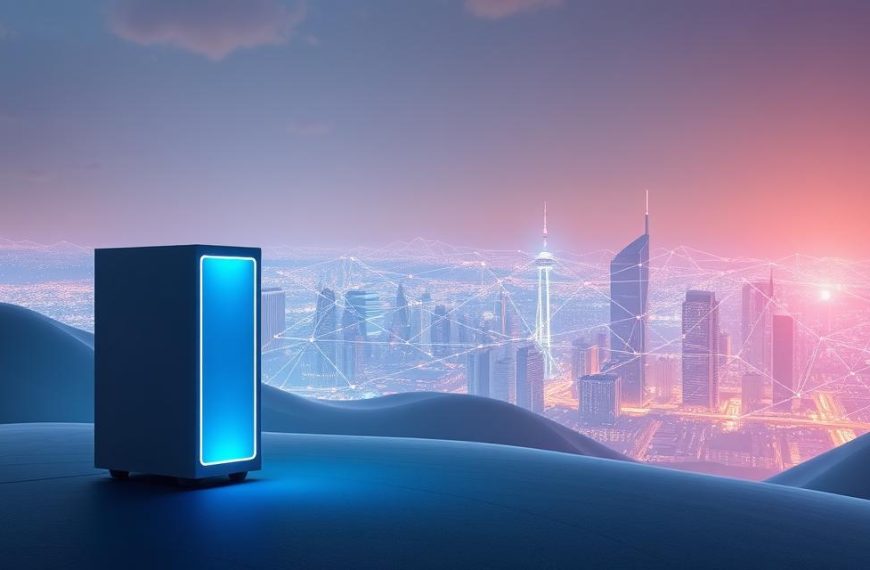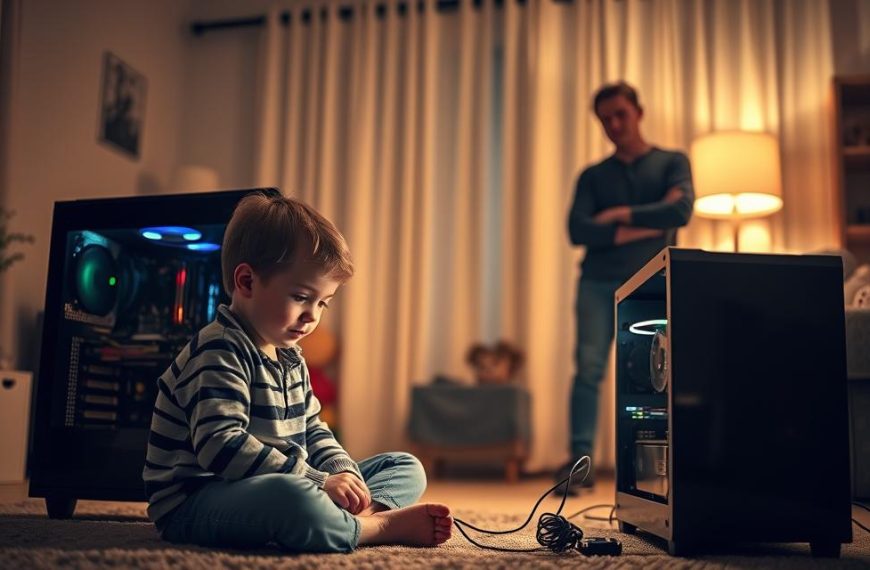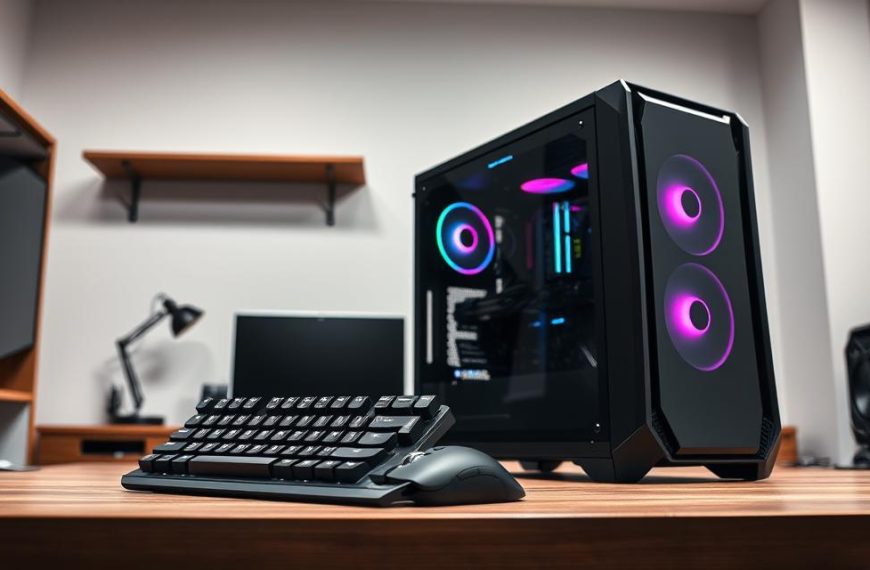Purpose: This introduction gives a clear, authoritative answer and explains why such devices sit squarely within the broader scope of systems and tools that solve real problems.
Historic pivot: On 3 April 1973, Marty Cooper rang a rival at Bell Labs using a 2.4–2.5‑pound DynaTAC prototype. That call moved portable telephony from idea to real use and reshaped the US mobile market.
The Ultimate Guide will trace the path from early radiotelephones to modern smartphones. We will outline key innovations — silicon miniaturisation under Moore’s law, LTE for higher capacity, and multi‑touch screens — that made pocketable computing possible.
Why it matters today: Mobile devices now deliver information, payments, navigation, entertainment and secure communication across the world. Cameras plus computer vision introduced QR codes and face unlock, turning handsets into general‑purpose platforms.
Is a phone technology? The straight answer
Let’s answer the core question: do personal telephones meet the criteria for engineered tools and systems?
Defining technology: from tools to telephones
Technology here means applied science used to design tools, systems and processes that solve real-world problems.
The classic telephone qualifies as an early communications invention that turned scientific theory into useful service.
Why phones qualify in today’s world
Marty Cooper’s Motorola team proved the idea in 1973 by showing a genuine handheld telephone rather than a car-bound unit. That leap turned concept into everyday mobility and broadened user access.
Modern examples fuse electronics, software and radio into one compact device. Processors, radios, sensors, storage and operating systems work together to provide reliable calls, internet access and payments.
Dr Jim Ang points out that smartphones extend human memory and reasoning by storing vast data and offering instant web answers. That outcome — enhanced cognition and prompt access for people — seals the verdict.
Conclusion: yes, phones rank among the most sophisticated consumer products because design, manufacture and standards-based communications place them firmly within technology.
From radiotelephones to smartphones: the rise of phone technology
A short history of on‑the‑move communication reveals key steps that made modern cell systems possible.
0G beginnings: 1940s–1960s
Early mobile radiotelephone systems emerged in the 1940s and saw wider use by the 1950s and 1960s.
These rigs used push‑to‑talk operation and served niche users, often from cars or specialised vehicles.
This first step set expectations for later consumer roll‑outs.
1973: Marty Cooper’s world first personal cell phone call
On 3 April 1973, Marty Cooper at Motorola used a 2.4–2.5‑pound DynaTAC to place the world first personal cell phone call in New York.
That phone call marked a shift from car‑bound service to true portability and challenged AT&T’s focus on vehicle telephones.
This moment acted as the catalyst for commercial development.
1G in the 1980s
The 1980s introduced first‑generation analogue networks. Coverage remained patchy and sound quality varied.
Security was minimal, yet 1G broadened access beyond specialist users and made cell ownership more common.
2G in the 1990s
The 1990s brought digital systems that improved sound and network reach.
SMS appeared and personal ownership of a mobile phone rose across many markets.
These gains established the model for future generations.
3G in the 2000s
Third generation networks delivered higher data rates for mobile internet, video calling and multimedia.
This generation helped convert cell devices into connected computers that handled rich content on the move.
Smartphones and the 2007 era
Smartphones existed before 2007 — Symbian devices led early efforts — but the 2007 iPhone launch redefined the app model.
Android’s rapid rise then created vast ecosystems that underpin most modern cell phones and services.
Each generation built the platform for the next, shrinking hardware while expanding capabilities.

Quick comparison of generations
| Generation | Main features | Typical era |
|---|---|---|
| 0G | Radiotelephone, push‑to‑talk, limited public use | 1940s–1960s |
| 1G | Analogue voice, patchy coverage, low security | 1980s |
| 2G | Digital sound, SMS, wider ownership | 1990s |
| 3G | Higher data, mobile internet, video and multimedia | Early 2000s |
What makes phones “smart” today: devices, networks and applications
Modern smart devices combine compact hardware, fast networks and rich applications to deliver desktop-class capabilities in your hand.
Hardware advances and processors
Miniaturisation under Moore’s law has packed powerful chips into small bodies. Efficient processors now handle advanced graphics and local AI tasks.
That change lets smartphones run multitasking workloads that once needed desktops.
Screens and interaction
High-resolution screens and multi-touch gestures form the main interaction layer. Intuitive inputs make complex applications simple to use.
Operating systems and apps
Modern operating systems manage permissions, sandboxing and security. This setup lets apps innovate while protecting user data and enterprise assets.
Networks and always-on data
LTE brought higher capacity and lower latency, so streaming, cloud sync and video meetings work smoothly alongside voice services.
Cameras and computer vision
Integrated cameras plus sensors enable QR scanning, secure face unlock for banking and augmented reality overlays.
How phones shape modern life and business
From commuting to commerce, mobiles have reshaped how people connect, transact and solve problems. Daily use averages about 3 hours 15 minutes, with roughly 58 checks per day. That pattern shows how embedded mobile phones and smartphones are in routine life and business.
Communication and information access: voice, video and the internet
Mobile phones centralise channels: voice, messaging and video sit in one place so people can reach contacts and fetch information instantly. LTE underpins fast connectivity and makes streaming or secure calls reliable on the move.
Productivity and commerce: apps, companies and the way people work
Smartphones and apps streamline business processes. Teams use project tools, e‑signatures and secure authentication to speed workflows and boost productivity.
- Retailers and service companies use the internet for mobile checkout, price comparison and personalised offers.
- Device biometrics provide multi‑factor protection so companies can guard resources without slowing work.
Health and wellbeing: tracking, telehealth and smarter care
Mobile phones support activity and sleep tracking, plus remote monitoring that helps clinicians tailor care. Telehealth via secure video allows consultations and follow‑up without travel.
“Smartphones extend cognition by storing data and offering instant web access,” said experts who study device impact.
Inclusivity and governance: well‑designed apps widen access for remote or time‑poor users. Yet businesses must pair innovation with strong policies for data security, employee privacy and acceptable use to keep trust and protect the wider user stories.
The future of phone technology: where we’re heading next
Near-future iterations will blend smarter agents, richer sensors and new form factors to make handheld tools feel invisible.
Smarter assistants that learn intent
Smart assistants will understand context, voice and intent. They will surface useful applications before you ask and manage complex, multimodal tasks across work and life.
Sensors and continuous data streams
Richer sensors will stream health metrics from heart rate variability to posture and, possibly, brainwave indicators.
That continuous data will enable timely, personalised insights and preventative care for users and for the healthcare industry.
New form factors and mixed reality
Flexible displays, foldables and wearables will distribute capability beyond one slab. Mobile glasses will overlay navigation, facial cues and low-latency video in real time.
Toward seamless, human-integrated devices
Marty Cooper imagines systems that learn and respond to thought or voice, while Dr Jim Ang predicts smart clothing and glasses that link users to services worldwide.
“Apps that find or build other apps, evolving toward voice‑ or thought‑responsive implants connecting people and the internet.”
| Feature | Expected timeline | Primary benefit | Likely sector impact |
|---|---|---|---|
| AI assistants | Next 3–5 years | Proactive help, fewer interruptions | Productivity, education |
| Continuous sensors | 5–10 years | Early health detection | Healthcare, fitness |
| Wearables & glasses | 2–6 years | Hands-free mixed reality | Transport, retail |
| Thought/voice interfaces | 10+ years | Frictionless access | All sectors |
Privacy-by-design will remain vital. On-device AI, secure enclaves and differential privacy must protect user autonomy as data volumes rise.
The way companies, networks and hardware evolve will compress innovation cycles, making new features feel ambient in less time than before.
Conclusion
This final summary ties the technical timeline to the practical role these devices play for users and firms.
Yes, a phone and related devices qualify as technology: they unite chips, radios and software with global networks to deliver communication and information at scale.
The path ran from 0G radiotelephones and the 1973 handheld phone call, through the 1990s 2G SMS era and third generation internet that enabled video and cloud services. Each generation added clear features that improved sound, security and speed.
Companies and standards bodies matured the market so cell phones work across the world. Today, cell phone platforms support business, health and everyday life while future sensors and AI will deepen that role.
Understand the evolution, and you can plan for what comes next.

